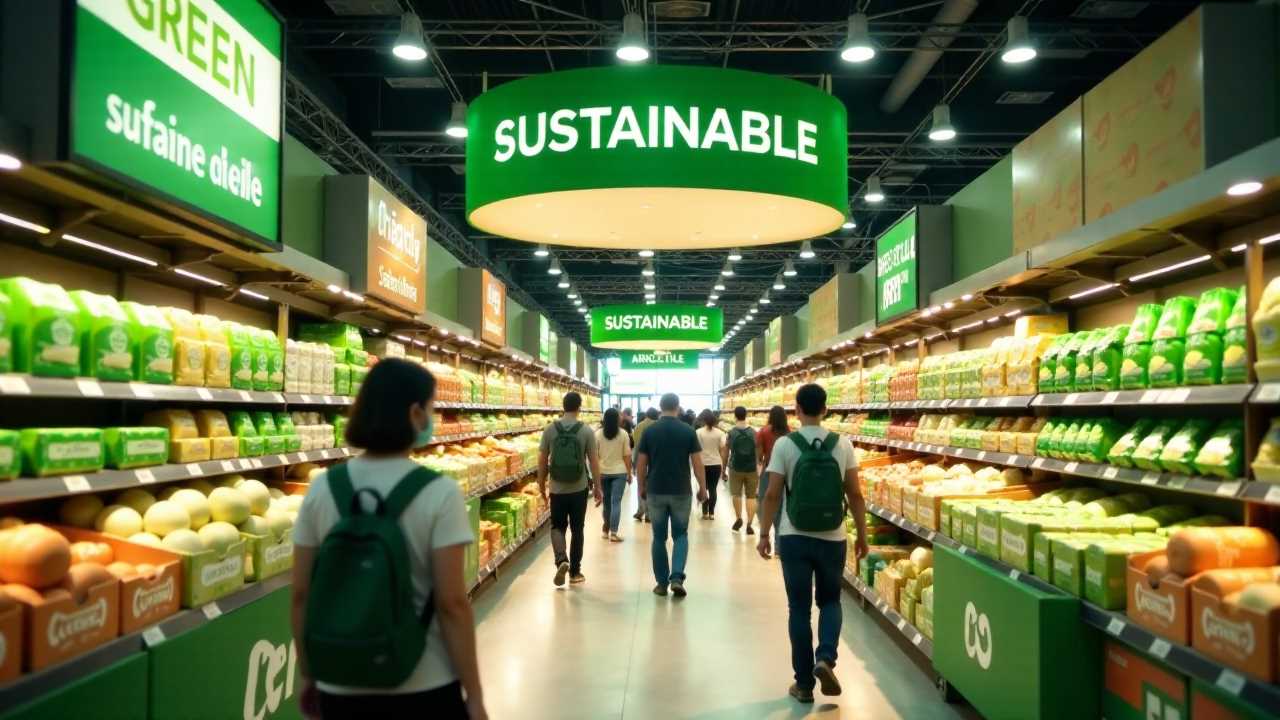
Understanding Eco-Friendly Packaging Trends
In recent years, eco-friendly packaging trends have gained significant traction as businesses and consumers alike recognize the urgent need for sustainable practices. The shift towards environmentally responsible packaging is not merely a trend; it represents a fundamental change in how products are packaged, distributed, and consumed. This transformation is driven by a growing awareness of environmental issues, consumer demand for sustainable products, and innovative technologies that facilitate greener solutions.
The Rise of Sustainable Materials
One of the most notable trends in eco-friendly packaging is the increasing use of sustainable materials. Companies are moving away from traditional plastics and opting for materials that have a lower environmental impact. These materials include recycled paper, plant-based plastics, and other renewable resources. The emphasis on sustainability is not just about reducing waste; it also involves selecting materials that can be sourced responsibly and have a minimal carbon footprint.
For instance, brands are now utilizing bamboo, hemp, and corn starch as alternatives to conventional packaging materials. These options not only reduce reliance on fossil fuels but also contribute to a circular economy where materials are reused and recycled. By adopting sustainable materials, businesses can significantly lower their environmental impact while appealing to eco-conscious consumers.
Exploring Biodegradable Options
Another significant aspect of eco-friendly packaging trends is the development of biodegradable options. Unlike traditional plastics that can take hundreds of years to decompose, biodegradable materials break down naturally in the environment. This characteristic is crucial in reducing landfill waste and pollution.
Biodegradable packaging is often made from organic materials such as plant fibers, starch, and cellulose. These materials can decompose into non-toxic components, making them a safer choice for the environment. Companies are increasingly adopting biodegradable packaging solutions, particularly in industries like food and beverage, where single-use packaging is prevalent. By choosing biodegradable options, brands can demonstrate their commitment to sustainability and attract environmentally conscious consumers.
Minimalistic Design: A New Aesthetic
The trend towards minimalistic design in packaging is gaining momentum as brands seek to reduce waste and enhance visual appeal. Minimalism in packaging focuses on simplicity, functionality, and the elimination of unnecessary materials. This approach not only reduces the amount of packaging used but also creates a more aesthetically pleasing product presentation.
Minimalistic packaging often features clean lines, muted colors, and straightforward labeling, which can enhance brand recognition and consumer trust. By adopting a minimalistic design, companies can convey their commitment to sustainability while also appealing to modern consumers who appreciate simplicity and elegance in product presentation.
The Importance of Reusable Containers
Reusable containers are becoming increasingly popular as part of eco-friendly packaging trends. These containers are designed for multiple uses, reducing the need for single-use packaging and minimizing waste. Brands are innovating by creating packaging that can be repurposed or returned for reuse, promoting a circular economy.
For example, many food and beverage companies are introducing refillable containers that encourage customers to return them for a discount on their next purchase. This not only fosters customer loyalty but also significantly reduces the environmental impact associated with single-use packaging. By investing in reusable containers, brands can position themselves as leaders in sustainability while appealing to consumers who prioritize eco-friendly practices.
Innovative Technologies Driving Change
The landscape of eco-friendly packaging is continuously evolving, thanks in large part to innovative technologies. Advances in material science, manufacturing processes, and design techniques are enabling companies to create packaging solutions that are both sustainable and functional.
For instance, companies are utilizing 3D printing to produce customized packaging that minimizes waste and optimizes material usage. Additionally, technologies such as smart packaging are emerging, allowing brands to incorporate features like QR codes and NFC chips that provide consumers with information about the product's sustainability and recycling options.
These innovations not only enhance the consumer experience but also contribute to a more sustainable packaging ecosystem. By embracing technology, businesses can stay ahead of the curve and meet the growing demand for eco-friendly packaging solutions.
A Greener Future Awaits
As we navigate the evolving landscape of eco-friendly packaging trends, it is clear that the future lies in sustainability. By embracing sustainable materials, biodegradable options, minimalistic design, reusable containers, and innovative technologies, brands can significantly reduce their environmental impact while appealing to a growing base of eco-conscious consumers.
The commitment to eco-friendly packaging is not just a trend; it is a necessary step towards a more sustainable future. As consumers become increasingly aware of the environmental implications of their choices, businesses that prioritize sustainability will not only thrive but also contribute to a healthier planet for generations to come. By staying informed and adapting to these trends, we can all play a role in fostering a greener future.
 SportsHollywoodLifestyleFashionHome & GardenTrendsPrivacy PolicyTerms And Conditions
SportsHollywoodLifestyleFashionHome & GardenTrendsPrivacy PolicyTerms And Conditions
